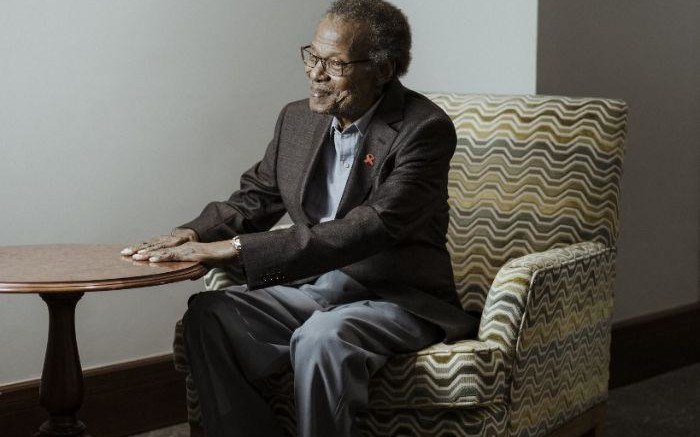
Are you just going to ignore the racist and xenophobic talking points by Harris about how immigrants are bringing fentanyl to kill US citizens? Or Harris bringing up the factually incorrect claims about Hamas members and Palestinian men sexually assaulting Israelis, based on racist colonial tropes. Or how Harris was a top prosecutor that spent her entire career locking up minorities. I could go on and on, the entire debate consisted of the candidates trying to outdo each other with the amount of racism they were spewing.









I mean that’s what happens when Harris is the vice president of the administration currently carrying out genocide in Gaza. Harris also repeated misinformation about Hamas members/ Palestinian men sexually assaulting Israelis during October 7 during the last presidential debate. How are Muslim voters supposed to trust someone like that? Someone that repeats racist and Islamophobic lies about them and their Muslim brothers and sisters in Gaza. Someone actively part of a genocidal administration. Of course Muslims do not want to vote for Harris, and the reasons are very obvious.